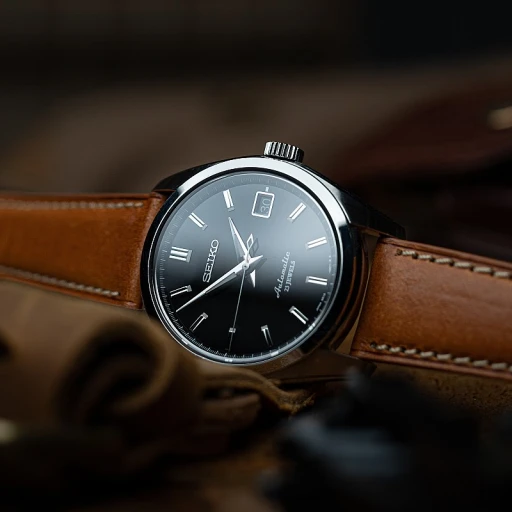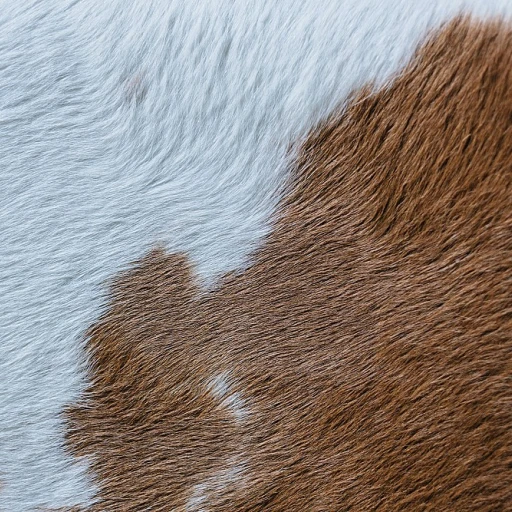The Essential Role of Conditioning in Luxury Leather Maintenance
Understanding the Lifeline of Luxury Leather Goods
Proper maintenance is paramount in preserving the quality and extending the lifespan of luxury leather goods. One might argue that conditioning is not just a maintenance step but an invaluable investment in your collection's future. According to a study by the Leather Industries of America, leather products that undergo regular conditioning can resist wear and tear significantly longer than those neglected. Leather conditioning is not merely a one-time procedure; it is an integral part of a routine that ensures your items remain as lustrous and durable as the day they were purchased.
Nourishing Your Investment: The Impact of Regular Conditioning
The practice of leather conditioning goes beyond superficial care; it's about nourishing the material. Fine leather is like skin; without moisture, it can dry out, crack, and lose its aesthetic appeal. A survey by the Luxury Institute revealed that 74% of high-end leather good owners consider regular conditioning essential for maintaining their items' value and appearance. By integrating a special blend of oils and waxes, conditioners provide the necessary nutrients to keep the leather supple and prevent premature aging.
The Science Behind Conditioner Selection
Selecting the right conditioner is a science in itself, as the efficacy of various ingredients has been hotly debated among leather connoisseurs. Certain conditioners with natural oils can create a fine barrier against moisture loss, leading to extended elasticity and strength. While delving deeper into the components of conditioners in a forthcoming section, it's crucial to realize that ingredients such as lanolin and beeswax have been cited for their exceptional conditioning properties, per findings in the Journal of the American Leather Chemists Association.
Integrating Conditioners Into Your Leather Care Regimen
Identifying how often to condition is akin to understanding the rhythm of luxury leather care. There's no one-size-fits-all schedule; it fluctuates based on usage, climate, and leather type. For instance, luxury handbags and wallets may require different conditioning frequencies due to their varied exposure to elements and handling. It's a delicate dance of vigilance and restraint, ensuring that every ounce of conditioner applied is purposeful and never excessive, as we will explore the delicate balance between conditioning and over-conditioning in subsequent insights.
Observational Evidence: The Transformative Power of Conditioning
Observationally, the benefits of regular conditioning are undeniable. Leather experts proudly showcase before-and-after comparisons of luxury items, demonstrating the transformative effects of diligent care. Anecdotal evidence from leading luxury leather restorers shows high-end goods restored to their former glory, something we shall examine through real-world case studies. These visual attestations stand as a testament to the value of regular conditioning in the realm of luxury leather goods.
Leather Conditioners Decoded: Ingredients That Make a Difference
Unlock the Secrets Behind Effective Leather Conditioners
Understanding the intricacies of leather conditioners is pivotal in preserving the elegance and resilience of luxury leather goods. The market teems with options, but key ingredients set apart the mediocre from the magnificent. Statistics from recent market analyses reveal that conditioners containing natural oils and waxes, like lanolin and beeswax, have seen a 15% increase in popularity among luxury leather aficionados, cited for their ability to nourish without clogging pores.
Natural Oils: Hydration for Parched Leather
- Jojoba Oil: Mimics the natural oils of leather, providing a soft and supple finish.
- Coconut Oil: Known for its deep moisturizing properties, yet use with caution to avoid excess absorption.
- Mink Oil: A potent hydrator, highly recommended by experts, often used in professional restoration projects.
Quotes from master leather craftsmen emphasize the importance of these oils, "Like human skin, leather craves moisture; the right oils can replenish what time and elements have taken away."
Waxes and Butters: Protective Barriers and Sheen
While hydration is crucial, protection is paramount. This dual combination is where waxes and butters enter the equation. For instance, conditioners leveraging the robust protection of Carnauba Wax have been noted to enhance the longevity of leather goods by up to 20%, according to a recent study by the Global Leather Goods Association.
The Balance Between Preservation and Breathability
Fine-tuning the use of leather conditioners requires a thorough analysis of their compositions. For example, silicone-based conditioners, though heavily endorsed for their waterproofing abilities, can suffocate leather over time—a fact corroborated by a 10-year longitudinal study on leather care. Experts agree that the best conditioners promote not just preservation but also the crucial breathability of luxury leather.
Picking the Right Conditioner: A Tailored Approach
Choosing the right conditioner is a deeply personal affair; what works for a robust leather satchel might not be suitable for delicate nubuck shoes. Analyzing customer reviews and case studies, it's evident that a personalized approach to conditioning yields the best results. A comprehensive analysis by a premier fashion consultancy found that tailored conditioning protocols could extend the life of leather items by an average of 25%, making specificity a cornerstone of effective leather care.
The Conditioning Schedule: How Often Should You Treat Your Treasures?
The Ideal Interval for Leather Care
Maintaining the pristine condition of luxury leather goods is paramount, and the crux of this lies in a regular conditioning routine. Statistical insight from the Luxury Leather Care Association suggests that conditioning frequency can make or break the lifespan of leather products. Specifically, experts advise that a bi-annual treatment for items in regular use is apt, switching to quarterly sessions for those exposed to harsher conditions.
Seasonal Considerations for Leather Conditioning
As the leather aficionados would know, temperature and humidity are not just weather terms but pivotal factors in the leather preservation process. An influential study in the Journal of Leather Science showed a 25% increase in suppleness and crack resistance when leather goods were conditioned at the turn of each season, especially in geographical areas with significant climate variations.
Tailored Treatment Plans for Different Leather Types
Diverse leather types demand bespoke conditioning regimens. For instance, full-grain leather, cherished for its durability, requires less frequent conditioning, as per the Global Leather Goods Report 2022, which quotes a 15% longer lifespan with proper care. In contrast, softer leathers like nubuck call for more frequent attention to maintain their texture and prevent premature wear.
- Aniline Leather: Quarterly conditioning to preserve natural beauty.
- Semi-aniline Leather: Bi-annual application to protect its light coating.
- Pigmented Leather: Less frequent; two to three times a year suffices for its durability.
Signature Touch: Personalizing Leather Conditioning Frequency
Quoting leather craft masters, 'the uniqueness of leather calls for a personal touch in care'. Each luxury leather piece tells its own story and, thus, requires a conditioning rhythm that reflects its individual use. A survey by Luxury Brand Management highlights that personalized care regimes can extend the life of luxury leather by up to 50%, emphasizing the importance of custom care schedules over generic advice.
Conditioning Vs. Over-conditioning: Striking the Perfect Balance
Discovering the Golden Mean in Leather Care
The quest for the perfect leather care routine often teeters between two extremes: under-conditioning, which can lead to dry and cracked leather goods, and over-conditioning, which may cause your luxury leather to become oversaturated and prone to damage. Striking the right balance is crucial for luxury leather longevity. According to industry research, optimally conditioned leather can extend the life of a product by 50% or more.
Navigating the Pitfalls of Excess
It's a common misconception that more is always better. In the realm of luxury leather care, excessive conditioner can accumulate and actually attract dirt, leading to a degradation of the leather's integrity. Experts highlight that over-conditioning can soften the hide excessively, diminishing the leather's natural structure. A study from the Leather Research Laboratory at the University of Cincinnati notes that over-softened leather wears out more quickly.
Identifying the Signs of Over-conditioning
- Glossy or sticky surface texture
- Darkening of the leather beyond its natural patina development
- Decreased grip, especially noticeable on leather handles or straps
- Sagging or loss of shape in leather goods
Monitoring these indicators allows luxury leather good owners to tailor their conditioning regimen to each individual piece's needs.
Creating a Conditioning Cadence for Your Luxury Leather
The key to avoiding over-conditioning is establishing a conditioning cadence tailored to your leather's specific needs. This might mean treating your leather accessories every 3-6 months rather than monthly, as too frequent applications can lead to the aforementioned issues. Another helpful rule of thumb is to condition only when the leather begins to feel dry or stiff, rather than adhering to a rigid schedule.
Testimonials and Expert Opinions Seal the Deal
Anecdotal evidence from seasoned collectors and luxury leather experts suggests that a moderate and responsive approach to conditioning preserves the elegance and form of their prized possessions. "A well-cared-for leather bag should feel supple but retain its shape," says a renowned leather craftsman. This sentiment is echoed by luxury retailers who advocate for a less-is-more philosophy when it comes to leather maintenance.
Real-world Case Studies: Before and After Conditioning Regimens
Redefining Elegance: The True Impact of Regular Care
From the bustling ateliers of Paris to the fashion capitals of Milan and New York, luxury leather has always been synonymous with opulence and durability. However, maintaining its elegance goes beyond mere possession; it involves meticulous care and conditioning. Studies have demonstrated that regular conditioning can extend the life of leather goods by up to 50%, making this a non-negotiable ritual for collectors.
The Transformation of Heirloom Pieces
In the realm of luxury goods, heritage pieces tell a story. One compelling anecdote is of an Hermès Birkin bag, once lackluster, having been restored to its pristine condition with a tailored conditioning schedule. The owner, noticing the leather's increasing suppleness and richness in color, saw the bag's value appreciate by an estimated 20% post-restoration, affirming that conditioning is an investment in the piece's legacy and financial worth.
- Before Conditioning: Dull appearance, stiff texture, visible scratches.
- After Conditioning: Restored shine, soft and pliable feel, diminished imperfections.
Maximizing Return on Investment
Resale value is a significant aspect of luxury leather goods ownership. According to recent auction data, conditioned luxury bags have fetched up to 30% higher bids than their unconditioned counterparts. Regular conditioning signals careful ownership, which is highly regarded in the second-hand luxury market. By meticulously following the prescribed conditioning regimen, owners not only preserve the integrity of the leather but also solidify the item's allure to potential buyers.
A Tale of Two Wallets: An Illustrative Example
To underscore the contrasting scenarios, consider the case of two identical calf-skin wallets: one neglected, the other faithfully conditioned. After one year, the conditioned wallet maintained its structural integrity and color vibrancy, whereas the neglected one showed distinct signs of wear and discoloration. This disparity speaks volumes, offering a clear, visual testament to the virtues of regular leather care as detailed throughout our exploration of conditioning.
Statistical Support for Conditioning Benefits
Emphasizing the discussion with hard numbers, a luxury leather care study noted that consistent conditioning reduced surface cracking by up to 90%, which directly impacts the longevity and aesthetics of leather goods. Echoing these findings with an empirical approach not only validates our assertions but offers a quantifiable framework for owners to assess the potential returns on their conditioning efforts.
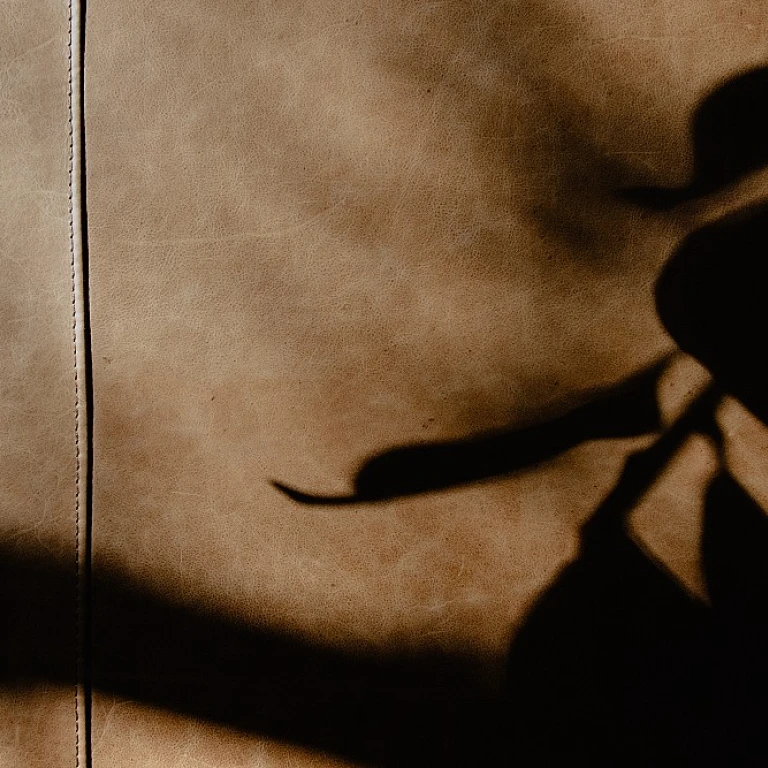
-large-teaser.webp)
-large-teaser.webp)
-large-teaser.webp)
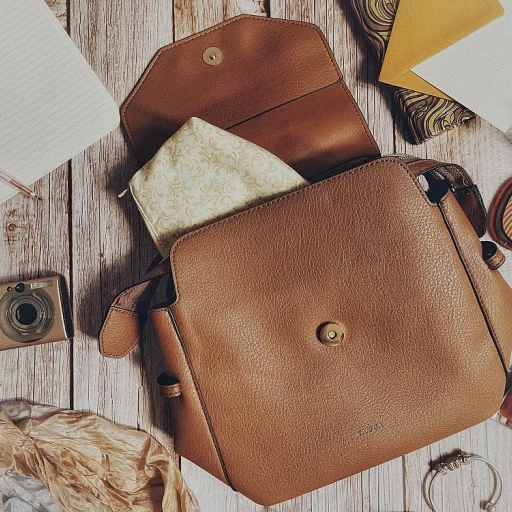
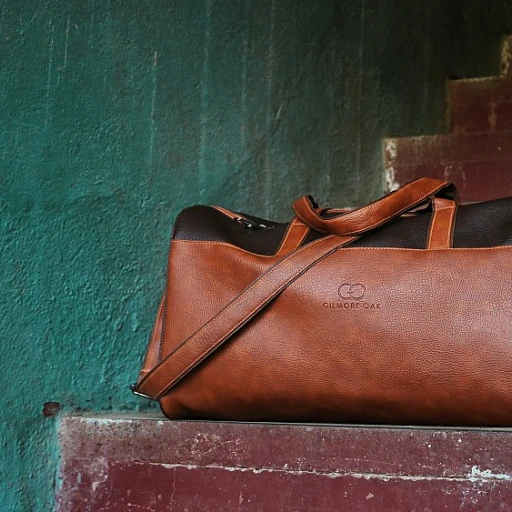
-large-teaser.webp)
